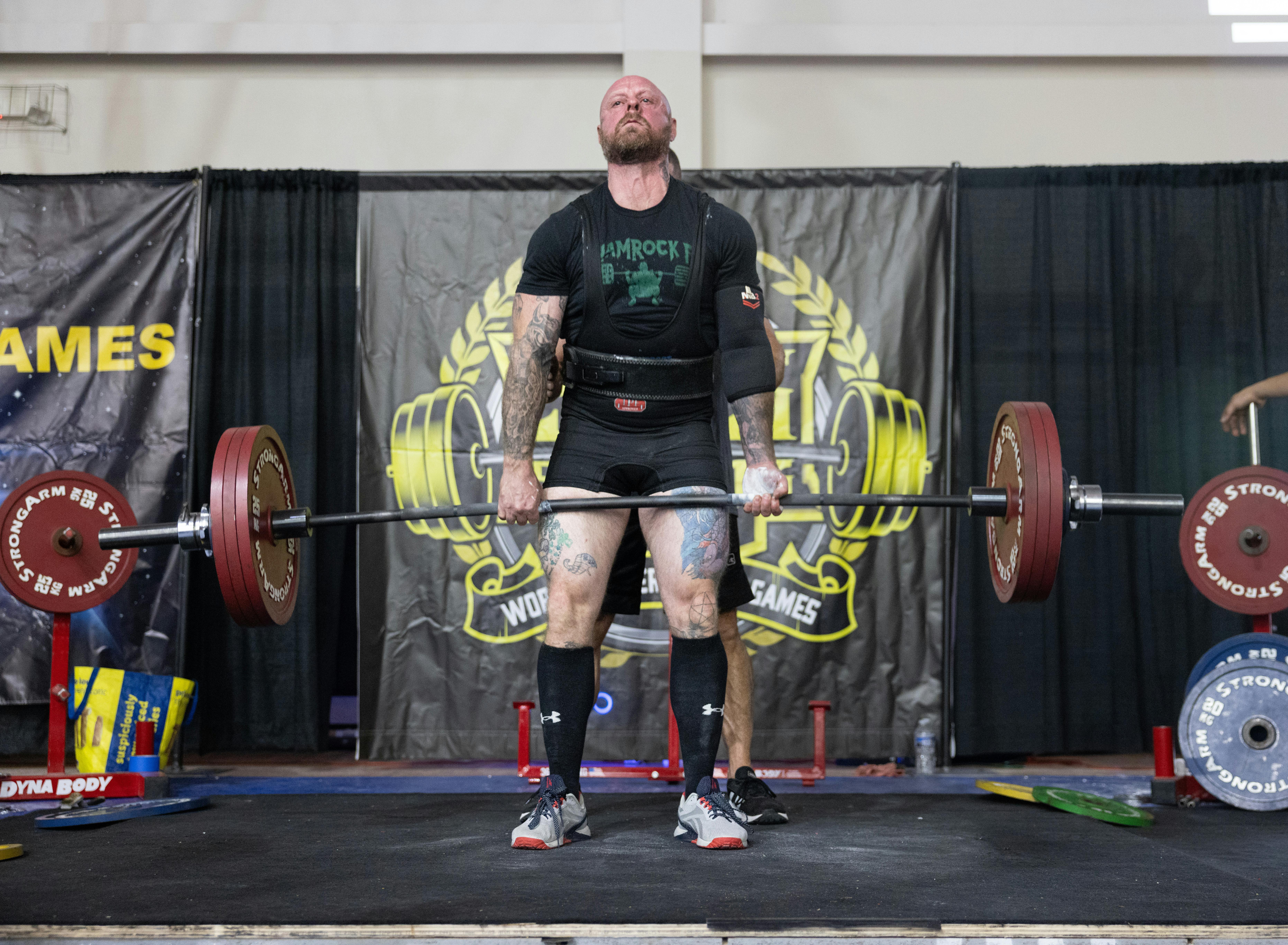
Exploring the Strength-Building Power of Wendler 5/3/1 Program
Introduction
In the world of strength training and powerlifting, there are countless workout programs promising incredible gains. One such program that has gained immense popularity over the years is the Wendler 5/3/1. Created by Jim Wendler, a former powerlifter and strength coach, the Wendler 5/3/1 has become a go-to choice for many athletes looking to build strength, increase their lifts, and make steady progress over time. In this blog post, we’ll delve into the principles behind the Wendler 5/3/1 program and explore why it has garnered so much praise and success among lifters worldwide.
1. The Foundation of Wendler 5/3/1
At its core, the Wendler 5/3/1 is a strength-building program that revolves around compound lifts, namely the squat, bench press, deadlift, and overhead press. Unlike other aggressive and intense programs, the Wendler 5/3/1 focuses on steady, sustainable progress over time. The program’s philosophy is based on the concept of simplicity and long-term development, which sets it apart from many other popular strength training programs.
2. The Four Core Principles
The Wendler 5/3/1 program revolves around four core principles:
-
Progressive Overload: Progressive overload is the key to strength gains, and the 5/3/1 program implements this principle effectively. Every cycle, the weights are increased in a controlled manner, ensuring gradual improvement and reducing the risk of plateaus.
-
Percentage-Based Training: The program uses a percentage-based approach for calculating training weights. Lifters start with a conservative training max (TM) that is based on their current one-rep max (1RM). Each week, the weights are calculated as a percentage of the TM, allowing lifters to work with submaximal loads, promoting recovery and long-term progress.
-
Four-Week Cycles: The program operates on four-week cycles. Every week within the cycle focuses on a different rep scheme. For example, Week 1 is 3 sets of 5 reps, Week 2 is 3 sets of 3 reps, and Week 3 is 1 set of 5 reps, 1 set of 3 reps, and 1 set of 1 rep (hence the name 5/3/1). Week 4 is usually a deload week to aid recovery before starting a new cycle.
-
AMRAP Sets: One exciting aspect of the Wendler 5/3/1 is the “As Many Reps As Possible” (AMRAP) sets, especially in the final set of each workout. After completing the prescribed reps, lifters are encouraged to perform as many additional reps as they can with good form. This not only adds an element of challenge but also provides valuable feedback on strength gains.
3. Customization and Assistance Work
Another strength of the Wendler 5/3/1 program is its flexibility. Lifters can customize the program to suit their individual goals, weaknesses, and recovery abilities. Additionally, assistance exercises can be incorporated to target specific muscle groups and address imbalances. Wendler encourages simplicity in assistance work, focusing on a few key exercises that complement the main lifts.
4. Patience and Long-Term Gains
While many strength training programs promise quick results, the Wendler 5/3/1 emphasizes the importance of patience and consistency. By avoiding maxing out too frequently and taking a long-term approach to strength development, lifters can make steady gains without burning out.
Conclusion
The Wendler 5/3/1 program has earned its place as one of the most respected and effective strength training programs in the fitness world. Its simplicity, emphasis on steady progress, and flexibility have appealed to countless lifters looking to build real, sustainable strength. If you’re seeking a program that allows you to grow stronger over the long haul while minimizing the risk of injury and burnout, the Wendler 5/3/1 might just be the perfect fit for you. Remember, progress takes time and consistency, so stay committed and embrace the journey of becoming a stronger version of yourself. Happy lifting!